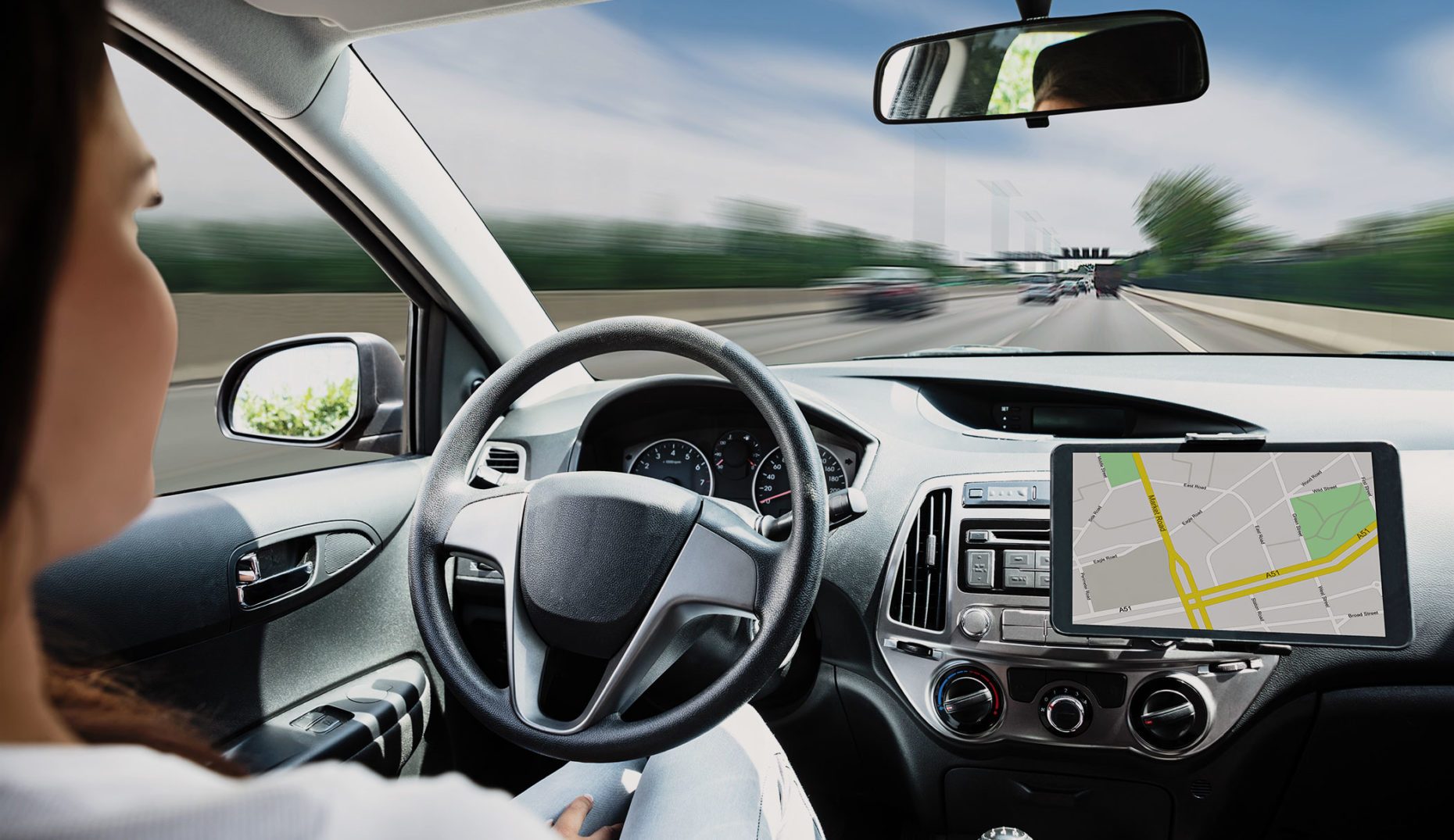
Autonomous driving: the future of mobility?
Throughout the past decade, the automobile industry saw autonomous driving as the topic that would shape the future. For a long time now, it’s not just vehicle manufacturers but people all over the world who’ve been interested in autonomous technology. But what does autonomous driving mean for the future of mobility, and how can existing mobility offers such as public transportation benefit from autonomous mobility solutions?
Autonomous driving, decarbonization and “Mobility-as-a-Service” are three megatrends in the automobile industry and key issues in the current debate about mobility.
Autonomous driving means that vehicles can move completely autonomously, i.e. without the intervention of a driver. Most automobile manufacturers were very active in this area until the boom in electromobility and the coronavirus pandemic shifted their focus to a certain extent. However, there’s still huge interest in autonomous driving, and it’s widely assumed it could become the decisive success factor for the future of mobility.
Ever since the pandemic, technology companies in particular have once again been investing heavily in autonomous driving: in total, more than 30 billion euros of external investment was made in this technology in 2020 and 2021.
In future, the intention is that it shouldn’t just be private vehicles that benefit from automation technologies. Industry, regional transport associations and research institutes are constantly developing autonomous mobility concepts which should (amongst other things) supplement local public transportation.
How can autonomous driving be reconciled with climate goals?
Greenhouse gases and the resultant global warming are a key cause of climate change. Countries and companies all over the world want decarbonization (switching from fossil fuels to carbon-free and renewable sources of energy) to reduce or preferably completely avoid CO₂ emissions. Cities and mobility providers face the challenge of finding climate-friendly alternatives for passenger transportation.
A change of mindset from ownership to shared usage must take place if we are to achieve net zero and stabilize global temperatures: autonomous driving is a fundamental requirement in this context. A substantial reduction of CO₂ emissions and a decreasing reliance on non-renewable resources will only be possible if people throughout the world switch to shared mobility initiatives.
Mobility-as-a-Service
The term “Mobility-as-a-Service” increasingly crops up in the debate about mobility: this is perceived as a service that enables one to move from A to B independently of any specific means of transportation. One might also choose a combination of different ways of covering the distance in question. The trend here is to travel in a way that offers the maximum freedom, convenience and comfort without having to make any commitments. Vehicles such as autonomous dial-a-ride taxis or the autonomous electric vehicle known as roo are the ideal solution for that ‘final mile’. They function as a sharing offer which uses integrated software: as and when required, the user spontaneously ‘summons’ the vehicle.
The introduction of self-driving vehicles such as roo can make mobility much less expensive for users. Moreover, towns and cities will benefit from a space-saving and climate-friendly mobility solution.
sources:
• https://www.mckinsey.de/publikationen/2022-01-03-autonomes-fahren
• https://www.automotiveit.eu/technology/autonomes-fahren/der-grosse-ueberblick-zum-autonomen-fahren-300.html?token=reg-4be350508c1cd0113d93
• https://www.automobil-produktion-kongress.de
• https://www.automotiveit.eu/mobility/mobilitaetstrends/autonomes-fahren-wird-fuer-shared-mobility-zum-game-changer-115.html
• https://www.ey.com/de_de/automotive-transportation/zukunftstrends-der-automobilindustrie-im-ueberblick
• https://www.stadt-zuerich.ch/vbz/de/index/mobilitaet-der-zukunft/Maas.html